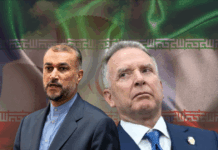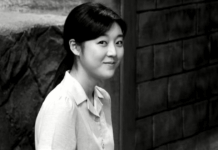An AI image generator is a type of artificial intelligence algorithm that is capable of generating realistic images based on specific inputs or training data. These generators use techniques like machine learning and neural networks to create images that look like they were created by humans.
AI image generators have a wide range of applications, including in the entertainment industry for creating visual effects and animations, in the gaming industry for generating realistic environments and characters, and in the design industry for generating unique graphics and designs. Additionally, these generators can be used for scientific research, such as generating realistic simulations for scientific experiments and medical simulations.
Over time artists have been using these AI image generators to predict certain instances and people in different scenarios. These hyperrealist images are amazing but often downright creepy.
Read More: Levi’s To Start Using AI-Generated Models
Celebrity Images By AI
An artist has used an AI image generator to create images of celebrities to show how they would look if they were poor. The artists used the mid-journey artificial intelligence tool to create these highly realistic images. The images showed celebrities living in Brazilian favelas had they been poor.
Take a look at these interesting pictures below.
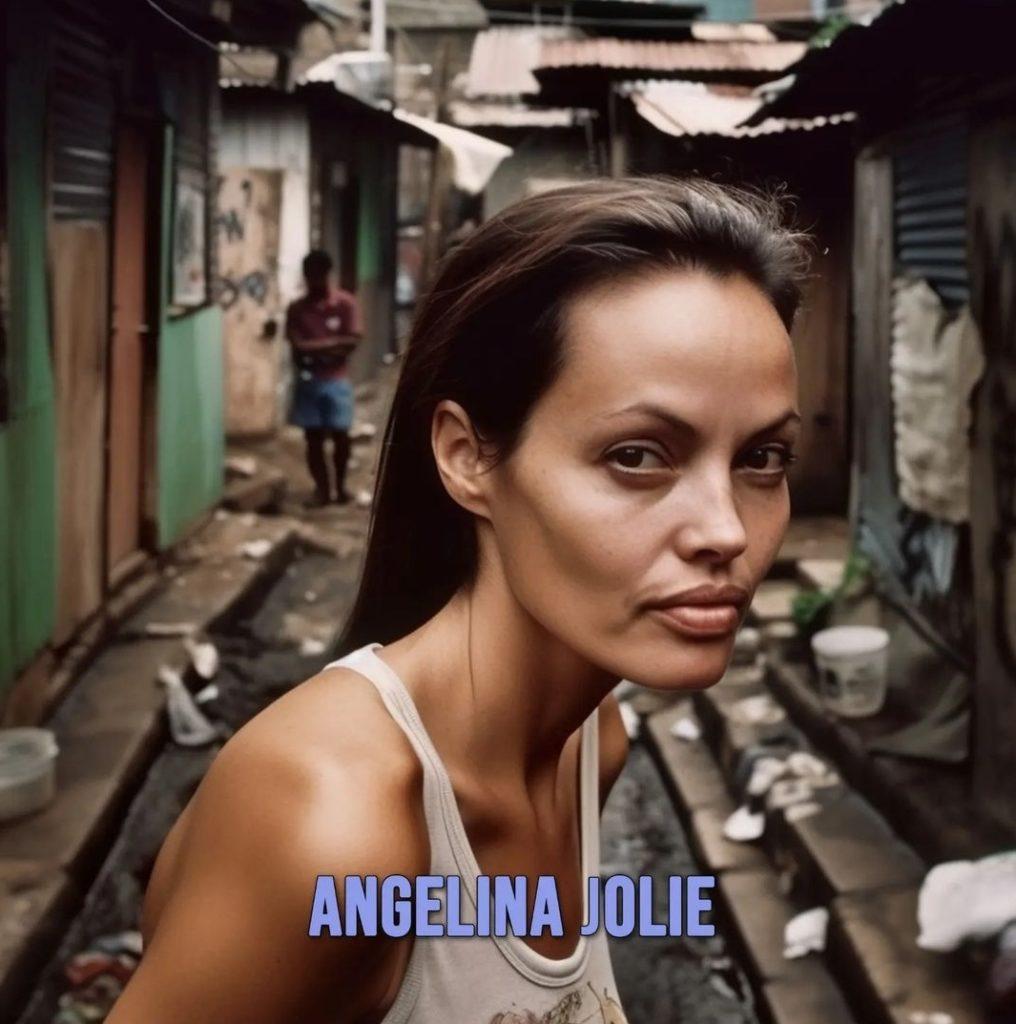
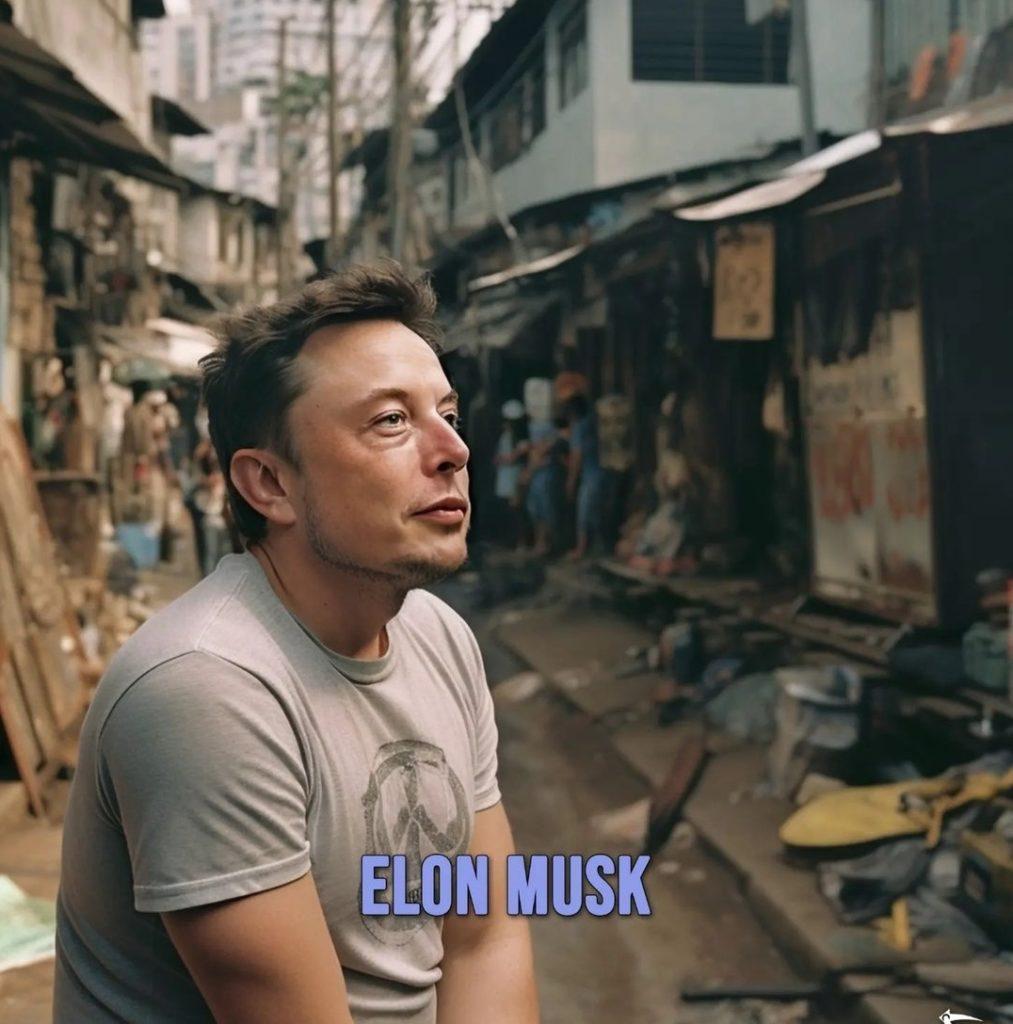

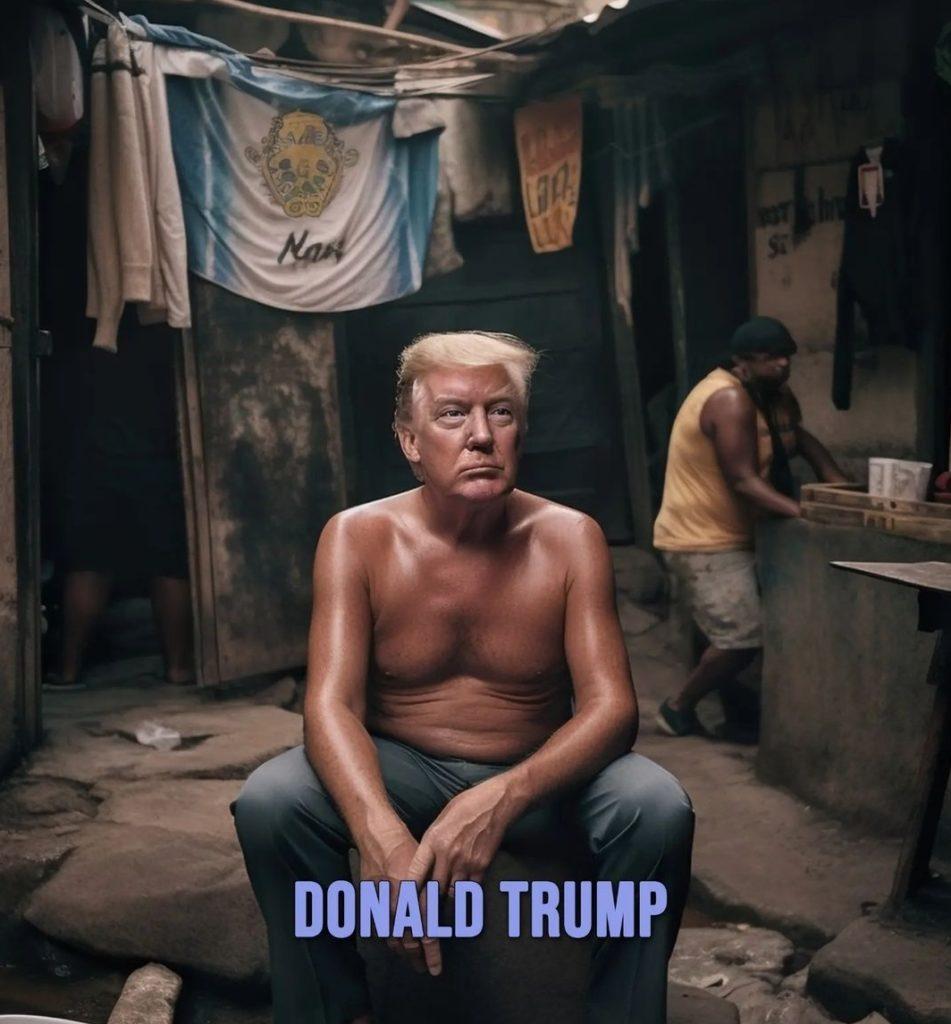
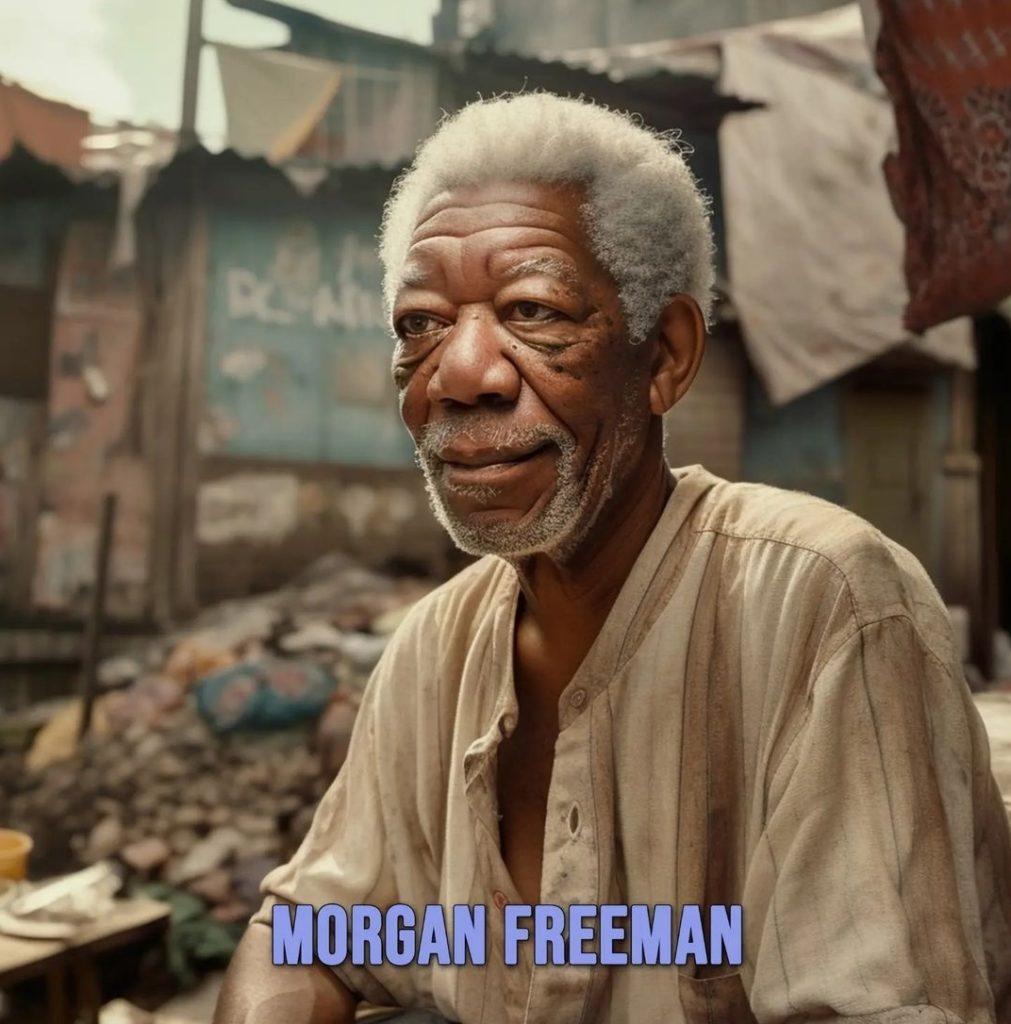
Different types of AI image generators include Generative Adversarial Networks (GANs), Variational Autoencoders (VAEs), and Deep Convolutional Generative Adversarial Networks (DCGANs). GANs are perhaps the most popular type of AI image generator, which consists of two neural networks: a generator and a discriminator. The generator is responsible for creating images, and the discriminator is responsible for determining whether the images are real or fake. These networks work together to create increasingly realistic peices of art.
While AI image generators have made significant advancements in recent years, they still have limitations and may produce images that are not always accurate or appropriate. Therefore, it is important to use them responsibly and with human oversight to ensure the output meets ethical and legal standards.
Read More: Mira Murati: The Maverick Changing The Game In AI
Stay tuned to Brandsynario for the latest news and updates.








